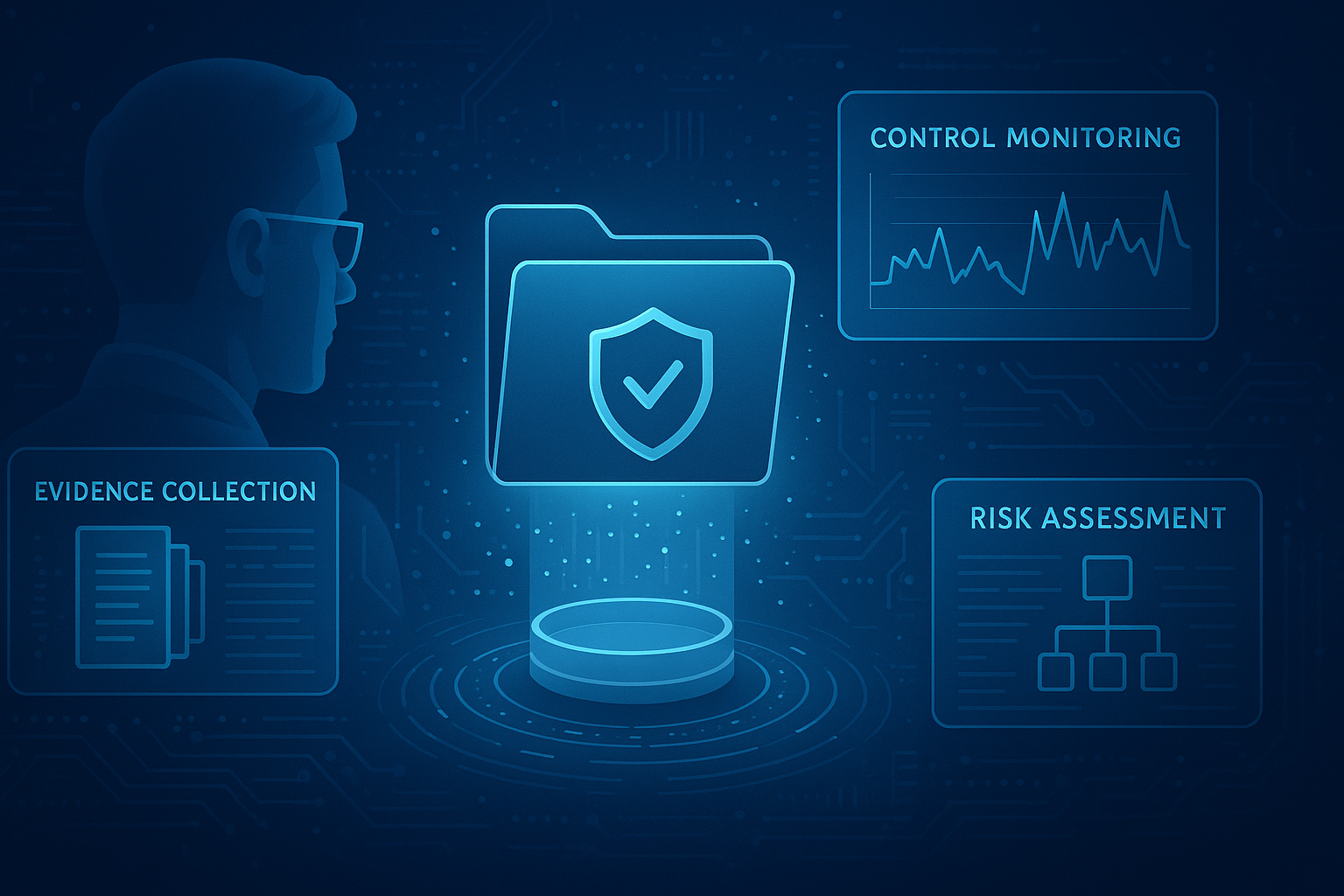A CISO in today’s climate can feel like Hercules fighting the hydra - it feels like as soon as you and your team get your program compliant with one regulation, two more appear. What started with GDPR in the spring, has made it across the pond with Vermont’s Data Brokerage Regulation and California’s more broad scope California Consumer Privacy Act (CCPA).
With the CCPA and Vermont Data Brokerage Regulation, the legislation is much more focused on the disclosure and (if desired) stopping of personal information sharing. References to security are loose - primarily centered on personal information (PI) data mapping and ensuring end-user access to review and remove. However, what differentiates the CCPA from GDPR and the Vermont Data Brokerage Regulation is it allows individual constituents to bring about legal action against a company in the event of a data breach (between $100 and $750 per incident). In these instances, security is a paramount bottom-line issue that goes from the PR war room to the balance sheet and the board room.
Regulations like the CCPA and Vermont Data Brokerage Regulation are the prototypes for a greater groundswell - with California having led cyber regulation for decades and the average Vermont voter perceiving their data to be worth 2X more than the national average. While the government can move faster on a state level, a federal regulation similar to GDPR is no longer a matter of if.
“The question, is no longer whether we need a federal law to protect consumers’ privacy. The question is what shape that law should take.”
Senator Thune and the Senate Committee on Commerce, Science, and Transportation have begun the hearing process to examine the needs of both privacy advocates and industry representatives.
“It represents the beginning of an effort to inform our development of a federal privacy law that enjoys strong bipartisan support.”
Security is a critical pillar in the privacy discussion, as we saw with GDPR and see with the CCPA and the Vermont Data Brokerage Regulation. Conversations like these will continue to become more and more frequent - looking ahead to the Symantec Government Symposium, we can expect to see calls for mandated standards emerge in order to protect end users’ privacy and security.
Two outcomes will start to take shape in the coming months and years
State Governments Will Follow California’s Lead
While Vermont’s new legislation is specific to data brokers, the CCPA is more broad-reaching - designed to protect Californians, not regulate a given industry. Expect to see similar initiatives take shape in real-time as we enter midterm election season.
Over the next two to three years, American CISOs and those dealing with Americans’ data will face a patchwork of data privacy and security regulation. Each bearing a similar resemblance but variated slightly. Certain protections and rights will exist in one state and not be recognized in the next. For a reactionary CISO, simply jumping through the necessary hoops, will be a tough time and nigh impossible to accomplish. The bare minimum and a reactionary attitude will not be enough to make it through this wild west of privacy regulation.
The Federal Government Sets a Standard
Like GDPR governing the EU member nations, Congress is already working to draft new legislation in the same vein. As the Senate Committee on Commerce, Science, and Transportation takes opinions from all sides, and NIST starts work on a new voluntary privacy framework, these standards will take time to make it through. After the Facebook incidents following the 2016 election, expect 2020 to turn all eyes on privacy and cybersecurity. As with managing state-level privacy regulation, a reactionist will not hold a CISO position for long.
How to weather the coming storm
CISOs need to take a proactive approach to successfully manage a cyber program as these new standards and practices emerge.
First, CISOs will need to speak the language of their fellow c-suite members and act as a translator for the members of the security organization. They must be able to show their progress and successfully navigate the emerging regulatory landscape as easily as a CFO can show a balance sheet. Take ownership of your strategy and present it effectively and connected to the organization's business goals.
What you present is only as good as the strategy driving it. A reactionist will end up with a patchwork of overlapping standards and practices that will waste resources and frustrate their team. A proactive CISO will use a gold standard framework, like the NIST CSF, developed with public and private sector input. With all signs pointing to U.S. regulation drawing upon standards from the NIST CSF and similar frameworks (DFARS, GDPR), a proactive CISO will skate to where the puck is going.
The CCPA and Vermont Data Brokerage Regulation are only the beginning of government regulation and imposed standards. For a CISO to remain relevant, they must act as a guide for their company through the minefield as these regulations become standard. Draw upon existing standards that are going to be used by regulators to draft future regulations (NIST CSF). Ensure that you can translate your success into a meaningful representation for the c-suite and unite your organization with one singular vision.





.png)
.png)
.png)
%201.png)
.png)




